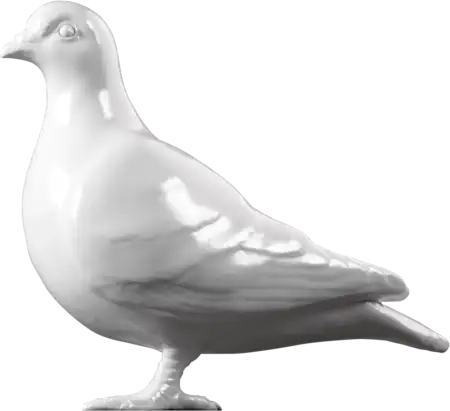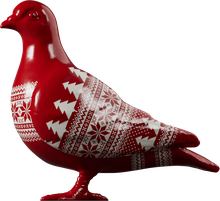Social History — 1785-1800
Model, diorama
This 18th century wax diorama, made by Samuel Percy, depicts a Literary Club meeting at the Turk’s Head tavern in Soho with rounded statuettes in coloured wax.
On the left are Samuel Johnson, sitting high behind the potman, and artist Joshua Reynolds. Reynolds, who had become partially deaf as a young man, uses an ear trumpet to hear Johnson more easily over the hubbub of the club. The depiction of Johnson’s very swollen legs and ankles in this work have been cited in medical journals – some researchers think Johnson had a neurological condition which was not then understood.
Also depicted are artist Thomas Gainsborough, book collector Topham Beauclerk, politician Charles James Fox, diarist and biographer James Boswell and sculptor Joseph Nollekens.
Known as Johnson's Literary Club, The Literary Club and simply The Club, this society was set up by Reynolds in 1764 to provide Johnson with ready conversation and dining company. Johnson suffered with depressive episodes, and the club helped meet his need for ‘free conversation and an interchange of discourse with those whom I most love: I dogmatise and am contradicted, and in this conflict of opinion and sentiments I find delight’.
At first, the group of just 9 meet once a week for supper and debate about any subject - except politics - at the Turks Head tavern on Gerrard Street, often talking and drinking into the early hours. It is thought the group had a huge influenced on the culture of their time and later generations. As the Club grew larger and took on more political figures, Johnson attended less frequently, and even set up his own club.
Samuel Percy, perhaps the most celebrated waxwork artist, was born around 1753 near Dublin, Ireland. He appears to have been based in London by 1774 and spent most of his working life in England. We know from his 100+ local newspaper adverts that he moved from town to town modelling portraits from life, in prolific numbers – perhaps as many as 100 in 6 months. He worked in coloured waxes to create a ‘true to life’ or realistic effect. As well as these portraits, he also created 30-40 tableaux scenes of miniature figures, some classical and religious scenes but mostly of ordinary people going about their ordinary lives. Towards the end of his life Percy focused more on exhibiting his tableaux than modelling portraits.
Reynolds himself expressed disdain towards waxworks in his 10th discourse ‘To express protuberance by actual relief, to express the softness of flesh by the softness of wax, seems rude and inartificial, and creates no grateful surprise.’ The Royal Academy, of which Reynolds was a founder, declared in 1771 that ‘no models in coloured Wax shall be admitted in the Exhibition’. Despite this, Percy exhibited at the Royal Academy on three occasions between 1786 and 1804.
- Category:
- Social History
- Object ID:
- A24273
- Object name:
- model, diorama
- Artist/Maker:
- Percy, Samuel
- Related people:
- Related events:
- Related places:
- Production date:
- 1785-1800
- Material:
wax, paint, wood
- Measurements/duration:
- H 587 mm, W 851 mm, D 203 mm (overall)
- Part of:
- —
- On display:
- —
- Record quality:
- 100%
- Part of this object:
- —
- Owner Status & Credit:
Permanent collection
- Copyright holder:
digital image © London Museum
- Image credit:
- —
- Creative commons usage:
- —
- License this image:
To license this image for commercial use, please contact the London Museum Picture Library.

